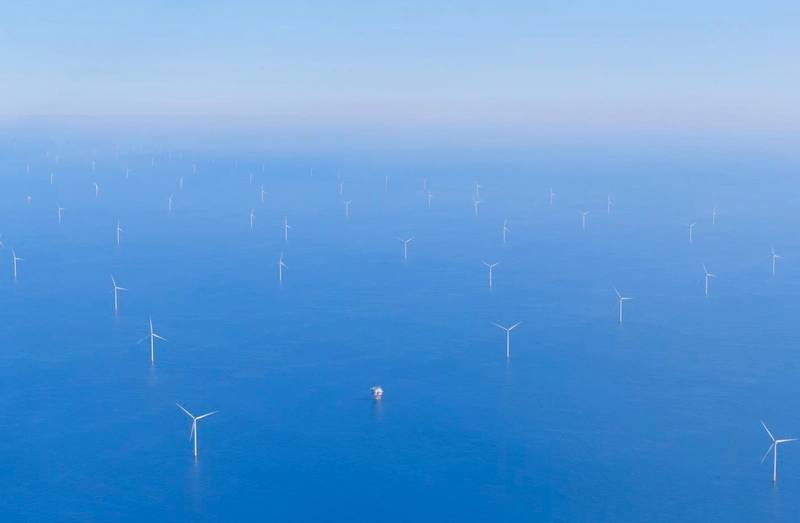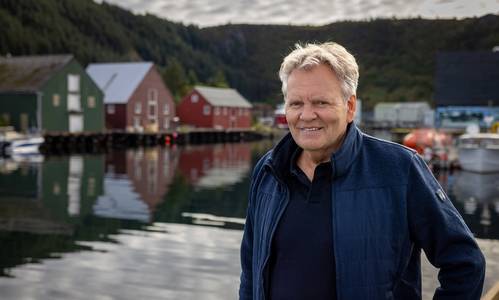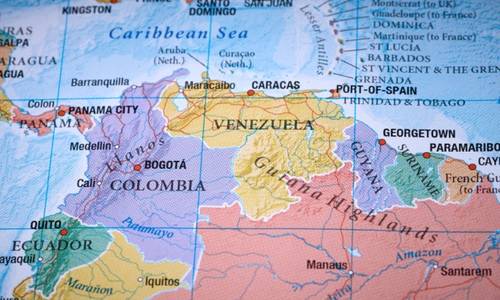Ørsted’s Green Transformation Marks New Benchmark in Energy Sector
November 12, 2025

Danish renewable energy group Ørsted has achieved a 98% reduction in carbon emissions, completing what it called the world’s first full green transformation of an energy company as world leaders gather for COP30 climate talks in Brazil.
The milestone means Ørsted has met its science-based 2025 decarbonization target, transforming from one of Europe’s most fossil-fuel-intensive utilities into a market leader in offshore wind, with renewables now accounting for 99% of its total energy production.
Ørsted said it has reached this target by deploying large-scale offshore wind power, closing coal-fired combined heat and power plants, converting remaining facilities to sustainable biomass, divesting oil and gas assets, electrifying its vehicle fleet, and covering its electricity consumption with renewable power certificates.
"Decarbonization is at the heart of Ørsted. We were founded on a promise to deliver green, affordable, and secure energy to governments around the world, and over the past years, we’ve built 18.5 GW of renewable energy.
"In parallel, we’ve delivered on our own green transformation. With a 99% renewable energy share and 98% emissions reduction in line with science, we’re pleased to share that Ørsted’s green transformation is effectively complete," said Ingrid Reumert, Senior Vice President for Global Stakeholder Relations at Ørsted.
Ørsted’s roadmap toward its 2040 net-zero goal includes decarbonizing emissions from materials such as steel, copper, and maritime fuels in partnership with suppliers and industry peers. The company’s net-zero target, validated by the Science Based Targets initiative (SBTi), covers its full value chain (scopes 1-3).
Ørsted launched its plan to shift from fossil fuels to renewable energy in 2009, set its first science-based decarbonization target in 2017, and closed its last coal-fired power plant in 2024.






